As of the recognition of National Treasures at the end of 2024, Hue city has 8 National Treasures of the Nguyen Dynasty, including the Nine Cannons, Nine Urns, Great Bell of Thien Mu Pagoda, Nguyen Dynasty Throne, Khiem Cung Stele in Tu Duc King's Tomb, Nguyen Dynasty Bronze Cauldron Collection, Giao Te Shirt, and Ngu Kien Thien Mu Pagoda Stele of Lord Nguyen Phuc Chu.
The Nguyen Dynasty throne was crafted under King Gia Long (1802-1819), then used throughout the Nguyen Dynasty with a total of 13 kings, lasting 143 years.
 |
According to the National Treasures dossier, the Nguyen Dynasty throne is 101 cm high, 72 cm wide, and 87 cm long. The base is 118 cm long, 90 cm wide, and 20 cm high. Above the throne is a splendid gilded canopy.
The back of the throne stands out with the image of "long van khanh hoi", surrounded by dragon heads facing the center, showing the world submitting to one source, the king is the center of the universe. Not only does it have historical and political value, the throne is also a unique work of art of Hue royal art.
 |
The throne is made of gilded wood, with very elaborate and sophisticated patterns, from the hands of talented and highly skilled craftsmen.
In the book “A Campaign in Tonkin”, doctor Charles Edouard Hocquard described the Throne during his trip to Hue.
 |
| The throne in Thai Hoa Palace. (Photo in the Archives of the Department of Cultural Heritage) |
He wrote about the Court Room in the Thai Hoa Palace: “The Court Room occupies the entire area of a large palace with three floors of roofs with ancient strips of roofing and the roof top is decorated with large Chinese-style mascots. This room is very beautiful. Large rows of gilded and red-lacquered columns stretch straight up to the roof of the palace with many elaborate carvings. The walls of the palace have many large wooden reliefs with elaborate carvings, covering from the floor to the roof. At the end of the room, between the rows of columns, is the throne placed on a three-level platform gilded and red-lacquered and completely gilded, shaped like an armchair."
 |
Illustration from the book “A Campaign in Tonkin”. |
Doctor Charles Edouard Hocquard described the Throne: “In front of the throne are two portrait stands carved with two tigers lying in attendance. Behind the throne is a canopy embroidered with a four-clawed dragon, the symbol of the royal family, above which is a yellow silk parasol embroidered with colorful patterns. This room is where the king presides over solemn court sessions with the presence of all the courtiers divided into groups on the courtyard on the left and right in front of the palace. On court days, the large curtains that normally cover the front of the court room are drawn up.”
The palace mentioned by the author is Thai Hoa Palace, the throne of the Nguyen Dynasty kings. This is where the king often held court with his mandarins, the center of royal ceremonies, where important events such as coronation, grand court, reception of ambassadors and national ceremonies took place.
 |
The canopy on the throne. |
During the reign of King Khai Dinh, the throne was restored once, the canopy above the throne was redone, changed from silk and brocade to gilded wood with elaborate carvings. To be consistent, during this period the king also restored the throne.
The Nguyen Dynasty throne has never been lost or moved from Thai Hoa Palace for more than 200 years. Even when the feudal regime collapsed in 1945 and King Bao Dai abdicated, the throne was still preserved intact. After 1975, the restoration and conservation of the throne was stepped up. In particular, since the Hue Monuments Complex was recognized by UNESCO as a World Cultural Heritage in 1993, the throne has become one of the key conservation areas. In January 2016, the artifact was recognized as a national treasure.
The Nguyen Dynasty throne in Thai Hoa Palace is a national treasure, and is also the last throne in the history of Vietnamese dynasties that is still preserved intact to this day.
 |
King Bao Dai on the throne. (Photo in the Archives of the Department of Cultural Heritage) |
The Nguyen Dynasty throne is solemnly placed in the Thai Hoa Palace, in the ancient ceremonial space of the royal court. Visitors coming here can imagine the ancient court scene, with its solemn and sacred atmosphere. Thai Hoa Palace is where the king held court on the 1st and 15th of the lunar month every month, and is also where important court ceremonies took place during the year.
During the 2024 general renovation of Thai Hoa Palace, the throne was moved to storage and after the renovation was completed, it was put back on display. The canopy above was reinforced to ensure stability and safety.
The Nguyen Dynasty Throne is a symbol of power and represents the absolute majesty of the Son of Heaven, who was "given the mandate of heaven", so it is also one of the most important national treasures. The encroachment of the Nguyen Dynasty Throne is a great loss and also leaves lessons for the protection, preservation and promotion of heritage.
Source: https://nhandan.vn/ngai-vang-thoi-nguyen-chiec-ngai-cuoi-cung-con-nguyen-ven-truoc-khi-bi-xam-hai-post882647.html





![[Photo] Where the history of resistance comes alive with modern technology at "95 years of the Party Flag lighting the way"](https://vphoto.vietnam.vn/thumb/1200x675/vietnam/resource/IMAGE/2025/9/12/81c1276f52b849c8b16e2d01dd1c85e4)





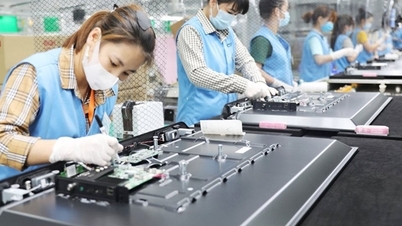

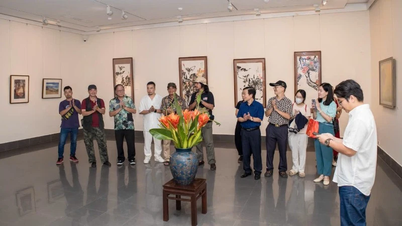


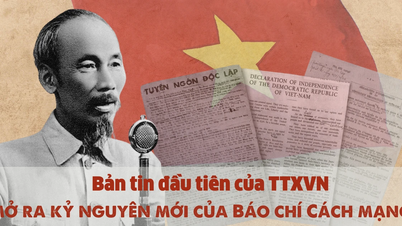








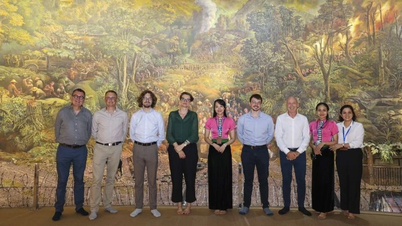
![[Photo] Where the history of resistance comes alive with modern technology at "95 years of the Party Flag lighting the way"](https://vphoto.vietnam.vn/thumb/402x226/vietnam/resource/IMAGE/2025/9/12/81c1276f52b849c8b16e2d01dd1c85e4)


![[Photo] General Secretary To Lam chairs the Politburo's working session with the Standing Committee of the National Assembly Party Committee](https://vphoto.vietnam.vn/thumb/1200x675/vietnam/resource/IMAGE/2025/9/11/e2033912ce7a4251baba705afb4d413c)


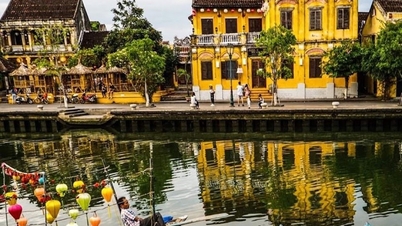

















![[Maritime News] More than 60 containers fell off a cargo ship at Long Beach port (USA)](https://vphoto.vietnam.vn/thumb/402x226/vietnam/resource/IMAGE/2025/9/12/c091e4bb10e54291977aab80f5a41a9c)




























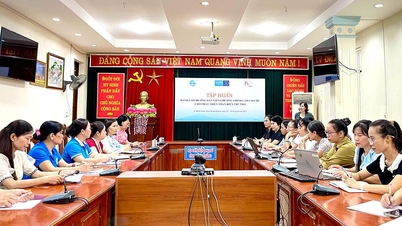


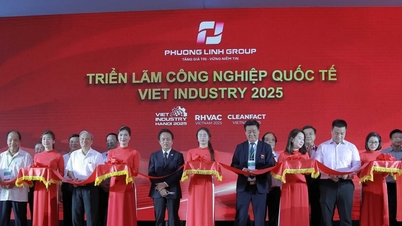








Comment (0)